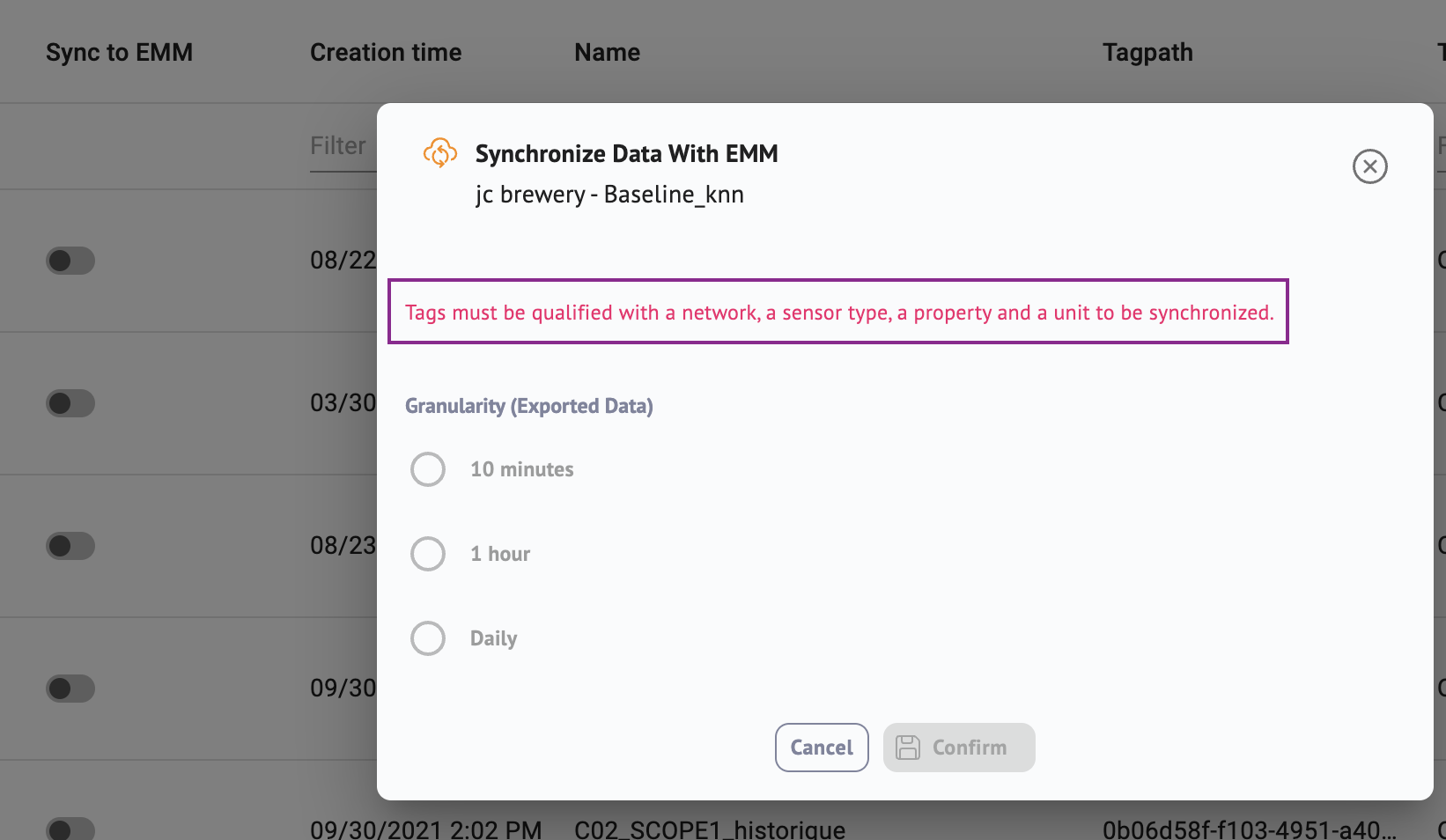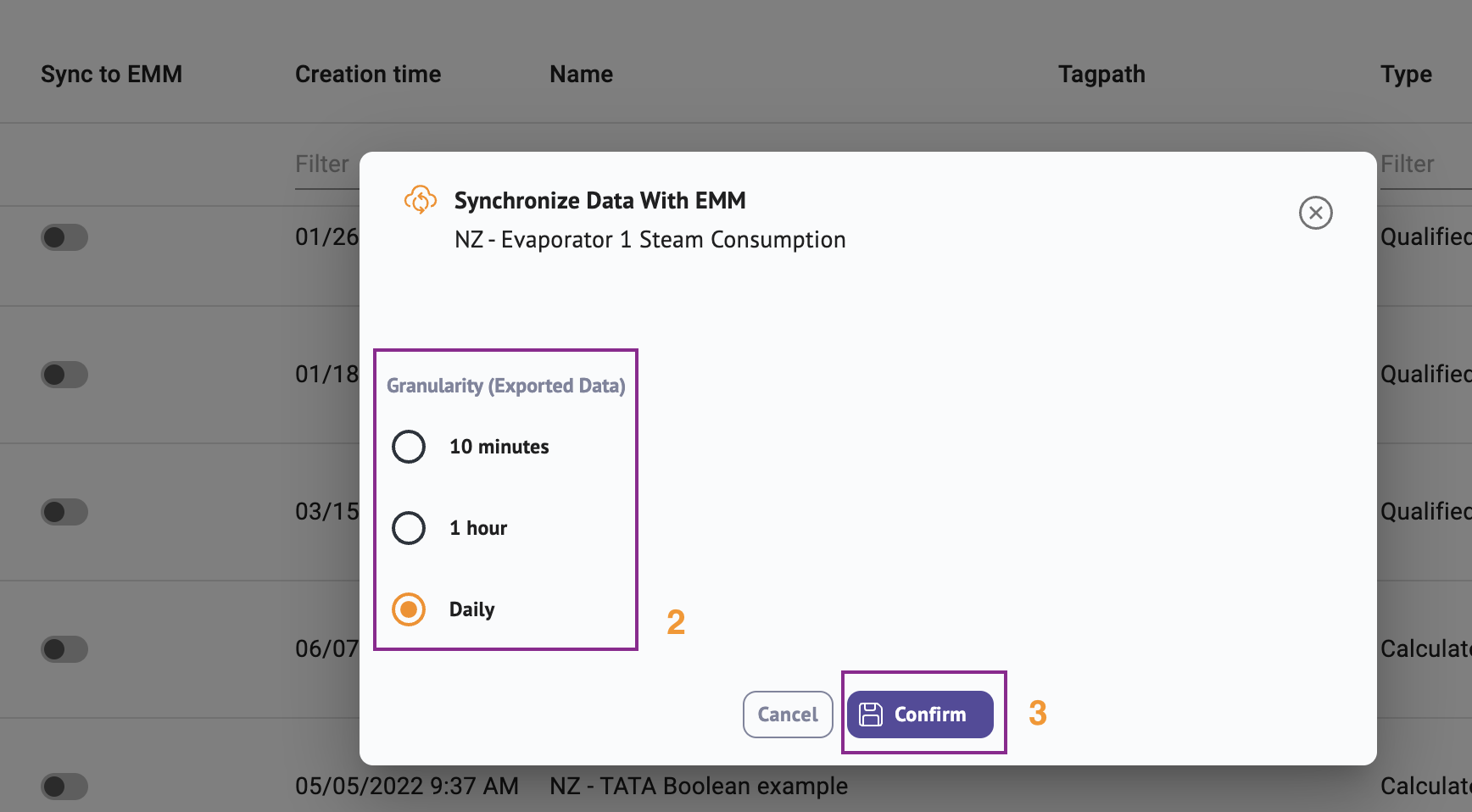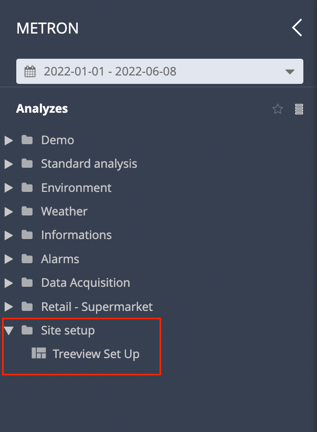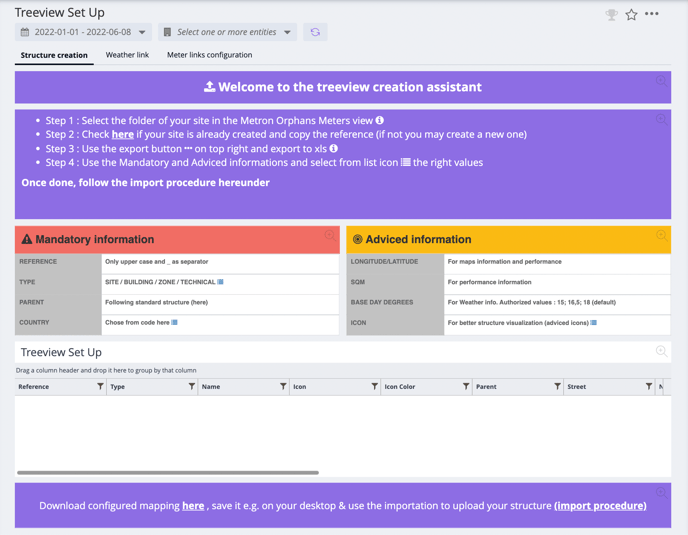Data synchronization from EOM to EMM
Enrich your global energy analysis by synchronizing key data from Energy Optimization Module to Energy Management Module.
I- Presentation
In order to obtain a global view of your sites, you may need to gather targeted data of each site in a global overview platform. The Data Synchronization feature allows you to synchronize tags and their data from an EOM (Energy Optimization Module) to an EMM Platform (Energy Management Module).
We can connect each of your EOM platforms to the target EMM one, so you can synchronize the relevant data you choose from each site level to the corporate level.

EMM Platform allows companies at a corporate level to :
-
Benchmark each specific site (industrial or agricultural factories , hospital, city infrastructures, schools, airports...)
-
Monitor sites' performances at a macro level
- Manage energy cost of the different sites
-
Forecast energy procurement
- Follow CO2 emissions at a global scale
To access this functionality, ask your METRON project manager to update your rights with Corporate sync manager Group.
II- Specifications on the data that can be synchronized
| 📈 Types of series/tags that can be synchronized : | 🔁 Workaround | |
| Qualified series | YES ✅ | / None |
| Calculated series (pre calculated) | YES ✅ | / None |
| Data science models (= qualified series) | YES ✅ | / None |
| Calculated series (non pre-calculated) | NO ❌ | Synchronize the base qualified series and then recreate the calculated in EMM. |
| Raw data | NO ❌ | / None |
|
|
🔁 Workaround | |
|---|---|---|
|
Float dynamic type |
YES ✅ |
/ None |
|
String dynamic type |
NO ❌ |
/ None |
|
Boolean dynamic type |
NO ❌ |
/ None |
💡Pre-requisites:
In order to proceed with the synchronization, each tag must be qualified beforehand with :
-
A Network
-
A Property
-
A Unit
-
A Sensor type*
* NB : The Sensor type is automatically defined when a Property and a Unit have been declared in the qualification form.
⚠️ Limit of synchronized tags:
In order to prevent any overload of your EMM platform, the number of tags that you can synchronize is limited from 50 to 100 tags per EOM.
If this limit is problematic, please contact your METRON Project Manager.
📏 Data Granularity
During the synchronization process of a tag, you have to choose a granularity :
-
10 minutes
-
1 hour
-
1 day
⚙️ Data aggregation from EOM to EMM
During the synchronization process, the data will be automatically aggregated as follow:
| If the sensor type of the tag in EOM is: | The calculation method for the aggregation will be: |
Aggregation displayed in EMM is: |
| INCREMENTAL | LAST | SUM |
| QUANTITY | SUM | SUM |
| CONTINUOUS | WEIGHTED MEAN | AVGPROP (EMM code for WEIGHTED MEAN) |
🔁 Updates of the synchronized data in EMM
- Every synchronized tag will be updated in EMM once a day at 8am.
- Every synchronized tag will be updated on the last 40 rolling days.
🕰️ Extended data history of the selected tags

- Real time data
Data is recalculated on the last 40 rolling day in order to guarantee the most accurate data. These 40 rolling days + present day are the ones that are sent everyday to ensure the synchronization in “Real time”. - Extended history
The extended history is generated and sent automatically from EOM to EMM when the user synchronizes a tag.- Max length of extended history :
This history covers a maximum of 5 years in the past if data is existing up to this long. - Granularity of extended history :
- If the user chooses to sync with a 10 MIN granularity, then extended history granularity is 1 HOUR
- If the user chooses to sync with a 1 HOUR granularity, then extended history granularity is 1 HOUR
- If the user chooses to sync with a 1 DAY granularity, then extended history granularity is 1 DAY - Synchronization delay for extended history :
When generating extended history and synchronizing it, the delay to fully sync all the informations can be increased.
- Max length of extended history :
III- Synchronisation process step by step
1) SFTP set up
Before starting a synchronisation process from your EOM to your EMM platform, an SFTP connection is required. To do so, please contact your METRON Project Manager.
2) Select the tags you want to synchronize
In the Data Source Workspace, define the tags you wish to synchronize from EOM to EMM.
It can be helpful to change their names and set a prefix like “SyncEMM” + “Tag name” to find them faster.
3) Verify the qualification of the selected tags

Make sure your tags are properly qualified :
a- We advise you to properly define the “Name” of the series in order to have the context of the sensor.
-
Ex : Sitename Area SubArea Asset Description
b- Define a Network, a Property, a Unit and a Sensor type for each tag you want to synchronize.
4) Synchronize each tags one by one.

Turn on the toggle

Wait for the tags to be fully synchronized with EMM (it can take up to a couple of days).
5) Find your data in EMM
In the INFRASTRUCTURE Panel, you will find your synched meters in "Orphan meters":

To define a hierarchy / organization of meters in EMM : in ANALYSIS Panel, go to Site set-up and then Treeview Set-up:

Follow the steps in the purple containers for each tab : Structure creation & Meter configuration:

You can ask for assistance to your METRON Project Managers.
IV) Further actions
1) 🚥 Check if a tag is synchronized
- Go to Data Source workspace in your EOM platform
- If you have the rights for data synchronization, you will see a column "Sync to EMM"
- If the toggle is ON, then your tag is synched with EMM

Ex: on the image below, the qualified serie "NZ- Evaporator 1 Steam Consumption" is synchronized with EMM.
2) ❌ Unsynch a tag
- Go to Data Source workspace in your EOM platform
- In the column "Sync to EMM", turn off the sync toggle

3) ✏️ Edit a synchronized tag
- Go to Data Source workspace in your EOM platform
- In the column "Sync to EMM", turn off the sync toggle
- Edit the tag on EOM
- Delete the meter in EMM (if you need assistance, ask your METRON Project Manager)
- Synchronize again the tag by turning on the sync toggle
If you need to edit a synchronized tag but you don't have the rights for data synchronization, please ask you team members.